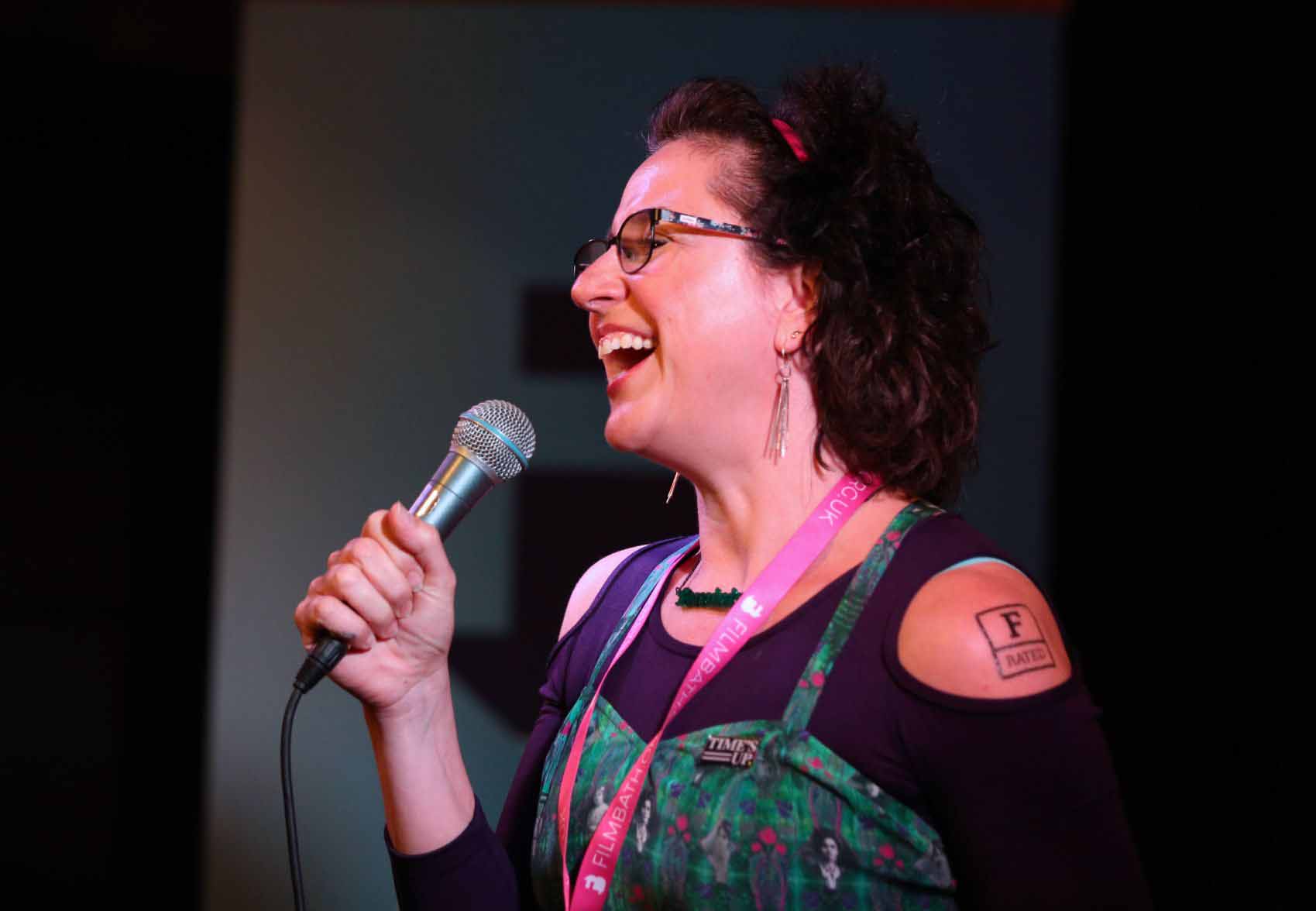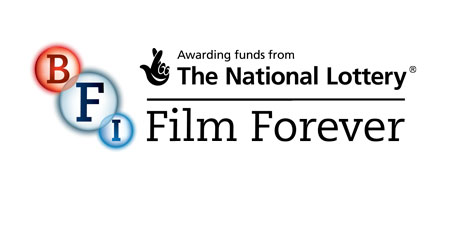Breaking the Celluloid Ceiling: Developing the F-Rating
By Holly Tarquini
08 October 2018
Holly Tarquini, Executive Director of FilmBath, discusses the development of the F-Rating

Holly Tarquini
This feels like a very exciting time in film. Movements such as #MeToo, #TimesUp, Raising Films and the F-Rating are all forcing the industry to look at its hiring policy, behind the camera as well as in front of it.
It’s certainly a very exciting time for QFT too, now celebrating its 50th.
It’s no secret that gender inequality in the film industry is rife. Practices like unequal pay and the underrepresentation of women, both on screen and behind the camera, have been lambasted by actresses including Jennifer Lawrence, Cate Blanchett and Geena Davis; there’s even a name for it – the ‘celluloid ceiling’. Until you see the statistics though, you may not realise how heavily the balance is weighted against women.
In 2014 – the year I developed the F-Rating – only two of the top 100 films that came out of Hollywood were directed by women and just 12% had female protagonists. Women filled less than a third of speaking roles and an analysis of 2,000 scripts showed they are generally given less dialogue. Frozen is a great example; released in 2013, it’s the first Disney film to have been directed by a woman and is the story of two sisters yet the male characters still have more talking time than the female characters.
As Director of the FilmBath Festival I wanted to highlight the gender gap and give film fans a way of choosing films that represented some kind of equality. There are fantastic female writers and directors, and amazing stories about women on screen, but they tend to have lower budgets and be given less for promotion, so I invented the F-Rating to sit alongside a movie’s usual age classification.
It is given to any film which is directed and or written by a woman. If a film also stars significant women in their own right then the film receives a Triple F-Rating, the gold standard.
The F- Rating is an extension of the Bechdel Test – made famous by the cartoonist Alison Bechdel to decide whether a work of fiction includes at least two women talking about topics other than men. It’s amazing how many films fail this test!
It’s also about promoting films that tell more diverse stories and more accurately reflect real life because often what we see on the big screen is unrealistic – for example 90% of single parents in the USA are women but on screen 90% are dads. I wanted to give audiences a way to vote with their feet and choose films that support women.
QFT was the very first cinema to adopt the F-Rating to signpost films helmed by women. They have been joined by over 80 other cinemas and film festivals such as the Barbican, the Irish Film Institute and Raindance Festival as well as the largest film website in the world, IMDb who all now use the F-Rating like a Fair-trade stamp – to direct people to films directed and written by women.
I’m also thrilled to be working with Into Film, which has added the F-Rating to its catalogue, and the Into Film Festival so that more young people become aware of the F-Rating and the reasons behind it.
My ambition for the F-Rating is that one day it becomes redundant – that the stories we see on screen are told by women, people of colour, disabled people, LGBT people – people like us and about us.
Holly Tarquini is the Executive Director of FilmBath (previously Bath Film Festival)
Explore the full QFT50 programme here https://queensfilmtheatre.com/qft50




